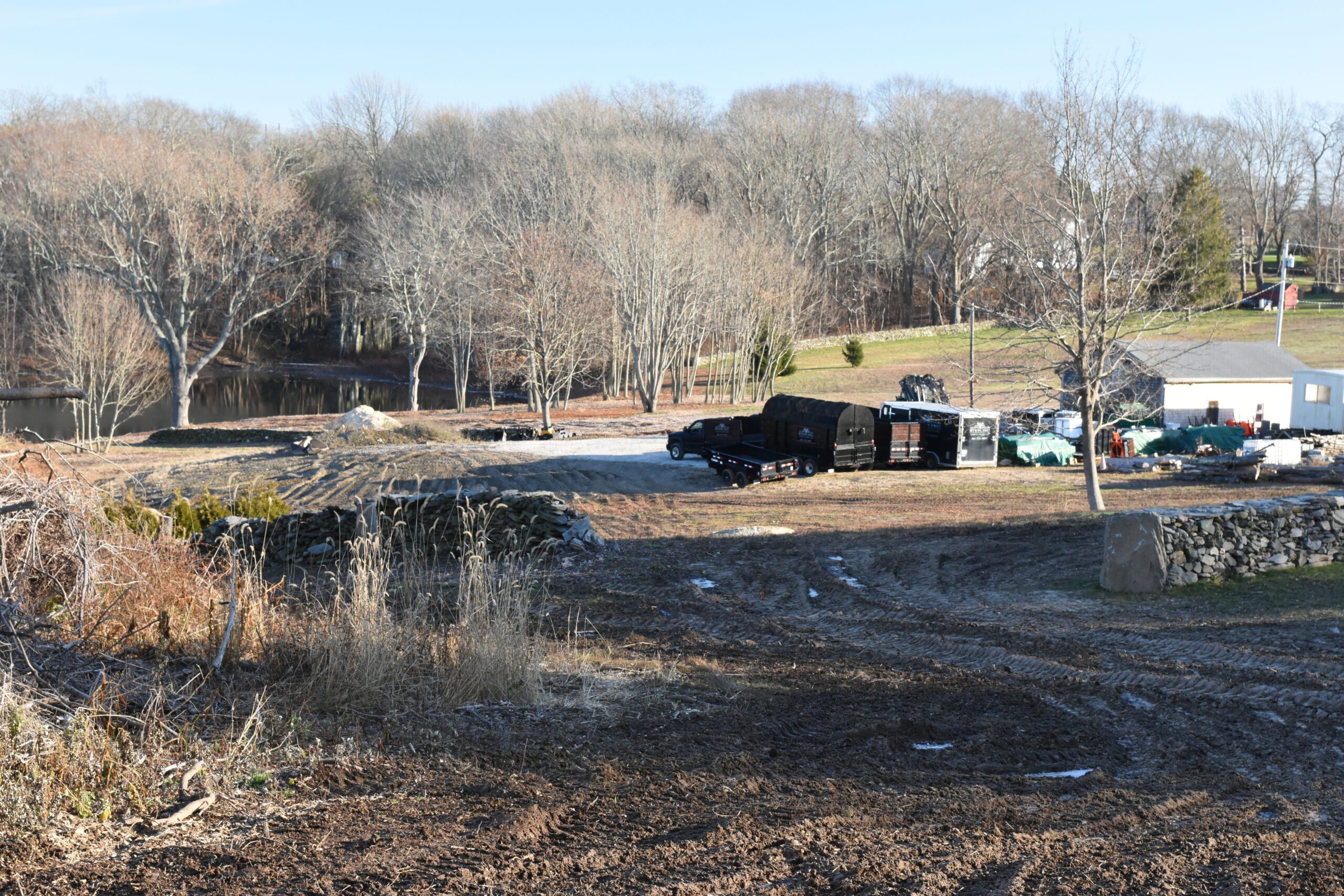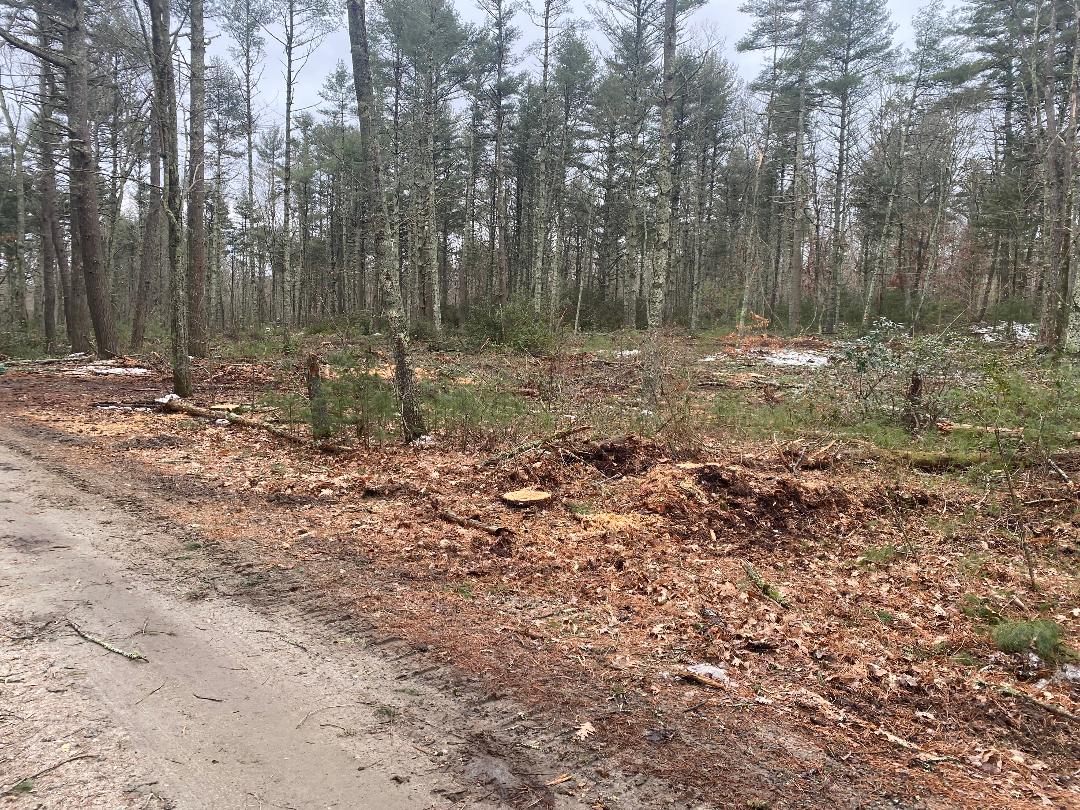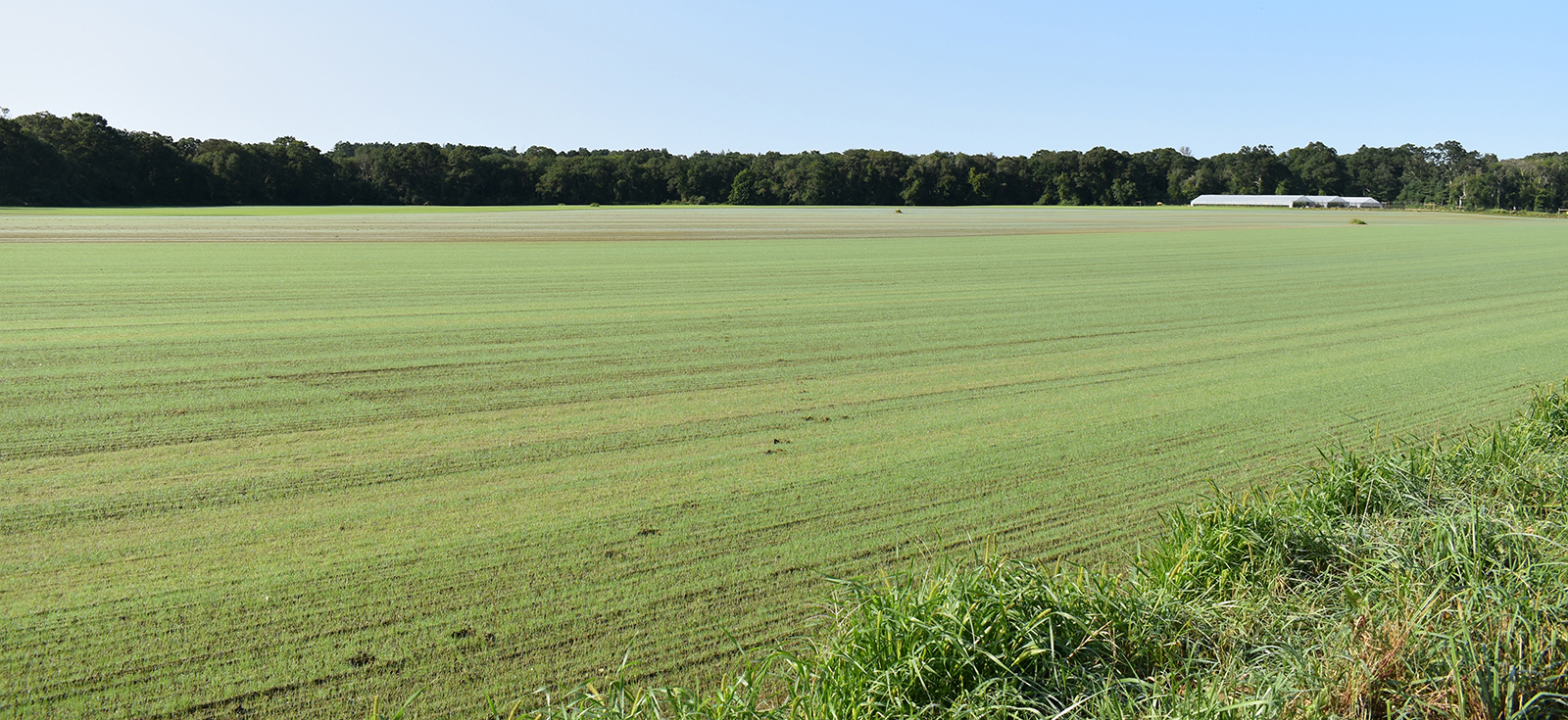New Roger Williams Park Entrance to Bring Color to Area
September 18, 2020
PROVIDENCE — The new Broad Street entrance to Roger Williams Park will be awash in color.
“There are so many exciting projects happening in every neighborhood in our city, even during this challenging time that we’re all living in,” Bonnie Nickerson, director of long-range planning for the city’s Department of Planning and Development, said at the Sept. 14 reveal of the chosen design for the new gateway entrance and visitor center. “And I am a little biased, but I do have to say that of all the projects underway, there isn’t one that will be as big of a transformation as this project will be.”
The creation of the new gateway entrance and visitor center at the Broad Street section of Roger Williams Park is a project headed by the Providence Redevelopment Agency, the Department of Planning and Development, and the Providence Parks Department. Construction is slated to start this fall, continue into spring 2021, and potentially be completed by fall of next year.
The effort is the product of five years of community and neighborhood conversations about the park and its connection to the area.
“Through five years of these meetings, the most requested improvement was a better and more genuine connection to the surrounding neighborhoods,” said Wendy Nilsson, superintendent of the Providence Parks Department. “It was with that, that the vision for the gateway was born to better connect the park to the Broad Street neighborhoods and also to better connect the Broad Street neighborhoods to the park.”
The winning architectural design team, INFORM Studio, presented its process for the design and unveiled sketches showing how it would look and function. The design team was inspired by the vibrant history of the Broad Street corridor, with its demographic that, through history, changed from Jewish and Irish to predominantly Latino, as well as the architecture and events already held throughout the popular park.
“Be it from the Boots on the Ground memorial installation … to perennial festivals of classical music with the backdrop of the Temple of Music … they all do the same thing,” said Pandush Gaqi, project manager for the installation. “They create an example of what public space truly is, and what the public space can provide.”
The new entryway to the park will continue this trend, featuring an open area for public gathering, food trucks, and events. This space will be marked by a colorful “gate” that reflects the vibrance of the community around it.
“We sought to seek the bright colors from the facades of the businesses adorning Broad Street,” Gaqi said. “The character and the vibrance that was found in these facades goes deeper than the surface, and we wanted to pay homage to those colors. We wanted to bring those into the project.”
In addition to the colorful community aspect of the gateway, the accompanying visitor center will be designed with a sense of openness, energy efficiency, and with shapes that mimic the trees that line the park. And as visitors go beyond the gateway, the landscape slowly gets more loose, natural, and wild, moving from urban to wilderness.
“Roger Williams Park plays such a critical role to the surrounding area in bringing nature into the city,” said Adam Anderson, a local landscape architect working on the project. “We wanted to do that, but also create a nice community transition into a more natural environment to represent that aspect of the park.”
This transition is made up of three sections which the designers labeled as areas to gather, play, and discover.
“Gather is at the street; it allows for a variety of different events to take place, then the wildness or nature sort of emerges as you move in,” Anderson said. “We’re also talking about incorporating natural play aspects. As we move back, there’s sculptural play mounds that emerge out of stormwater retention areas, and natural logs that cross them, so it allows you to experience this natural landscape in a fun and unique way.”
As visitors continue into the park, more natural areas filled with native plants will emerge, immersing them in an increasingly wild environment.
“As you’re moving back into the site, the landscape becomes stronger and more robust, and we see this as an opportunity to have more of a learning landscape,” Anderson said.



